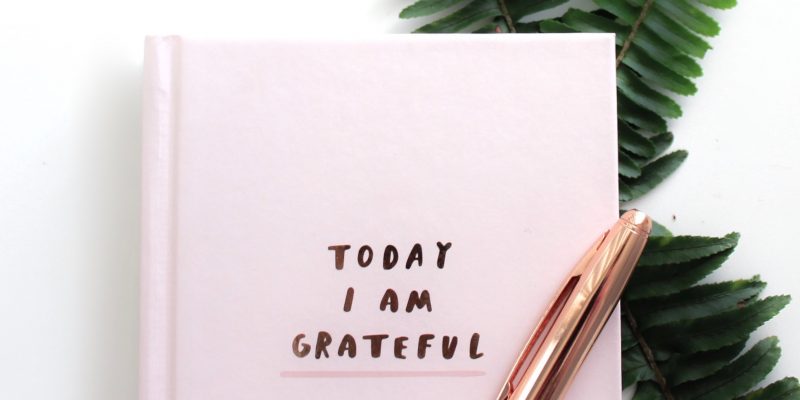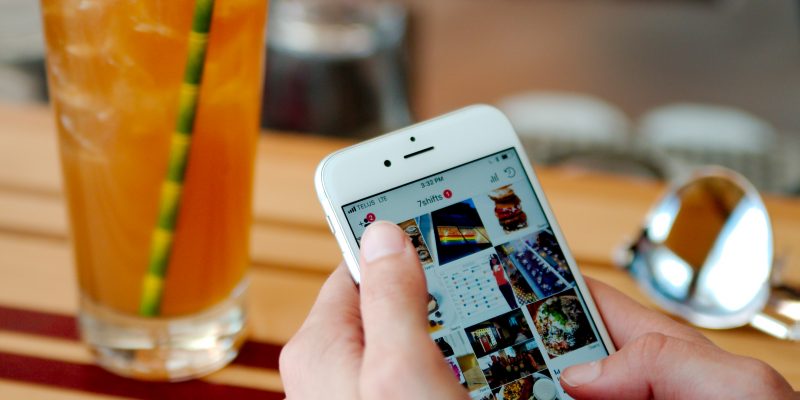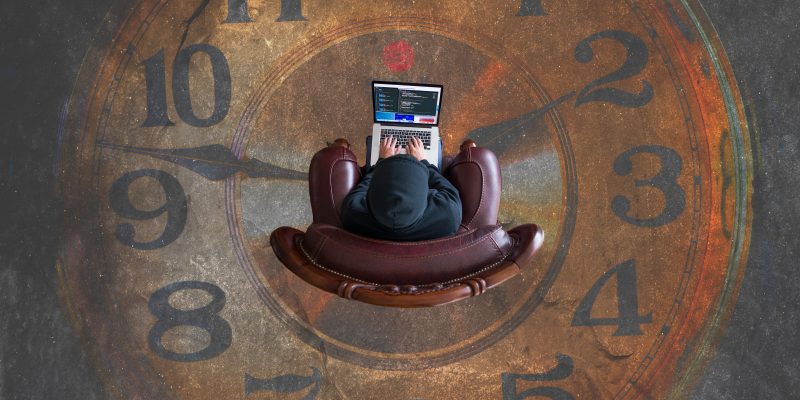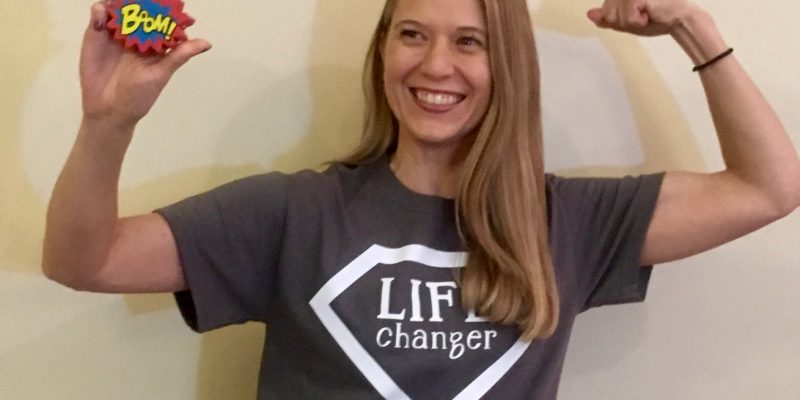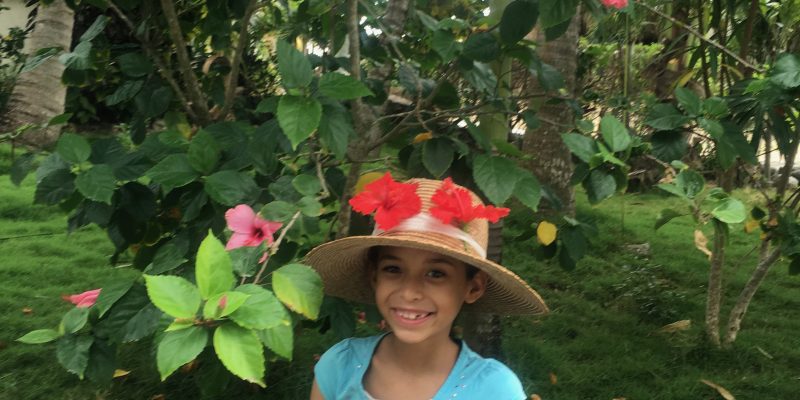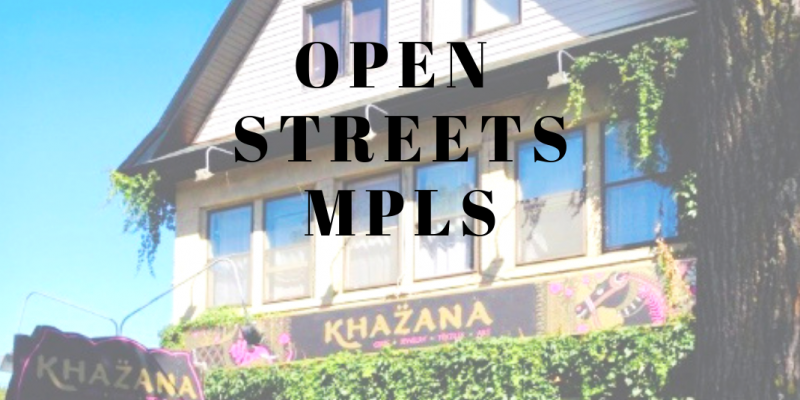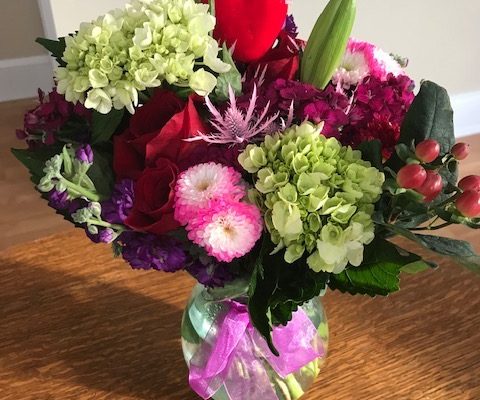Photo by Fressh Connection on Unsplash
Several months ago, I began a nightly gratitude practice. I listened to a simple 5-minute meditation that tells you to recall something that happened that day that you were grateful for and recreate how the experience made you feel.
There is a ton of research demonstrating the benefits of a gratitude practice. In particular, it helps us to overcome our natural negativity bias by noticing more of the positive. This in turn improves our outlook and helps us to be more optimistic. Studies have shown benefits for physical and mental health as well as for our social and professional lives.
In order to get the most benefit, however, it’s recommended to journal about three new things each day that you are grateful for. Keep in mind that it take at least 21 days to develop a new habit.
Since this was going to require a little more effort, I decided to recruit some accountability. I knew Erica, who is always up for trying something new, would be the perfect partner for this project. She is one of my oldest and closest friends but because we live in different cities, we don’t always connect as often as we’d like.
Fortunately, I was visiting Erica in New York City and we were able to share our first day of the gratitude project in person. It was also my birthday and I had plenty to be grateful for. I had just shared a wonderful weekend with family and friends in my favorite city.
For our gratitude project, we completed these steps each day for four weeks:
- Texted each other about an experience that day we were grateful for.
- Wrote in a journal (on paper or in our phones) about at least three experiences, including the one we had shared.
The accountability helped me pay extra close attention and seek out the positive. I was excited to share with Erica about my day as well as hear about her experiences. Some commonalities that we shared were the connections we made with people and opportunities to enjoy nature. Re-reading my gratitude journal was a nice boost and I can see the benefit of having a positive lift to look back on after a difficult day.
Something that may have been unique to our project was that Erica was on vacation for one week. When I asked if sharing daily with me in the US took away from her experience in Mexico she replied, “If anything, the gratitude challenge makes you more present no matter where you are! And I had time to think about how lucky I was to be there.”
So there you have it, a resounding endorsement for practicing gratitude. Speaking of which, thank you, Erica! Are you ready to get started? Do you want to recruit someone for accountability? Let them know. You can also get in touch for me for resources and support!

